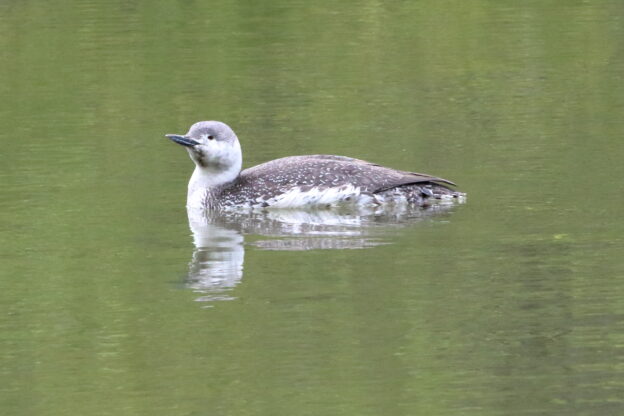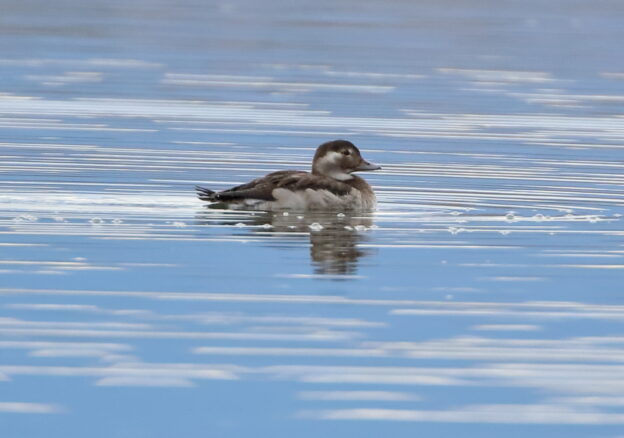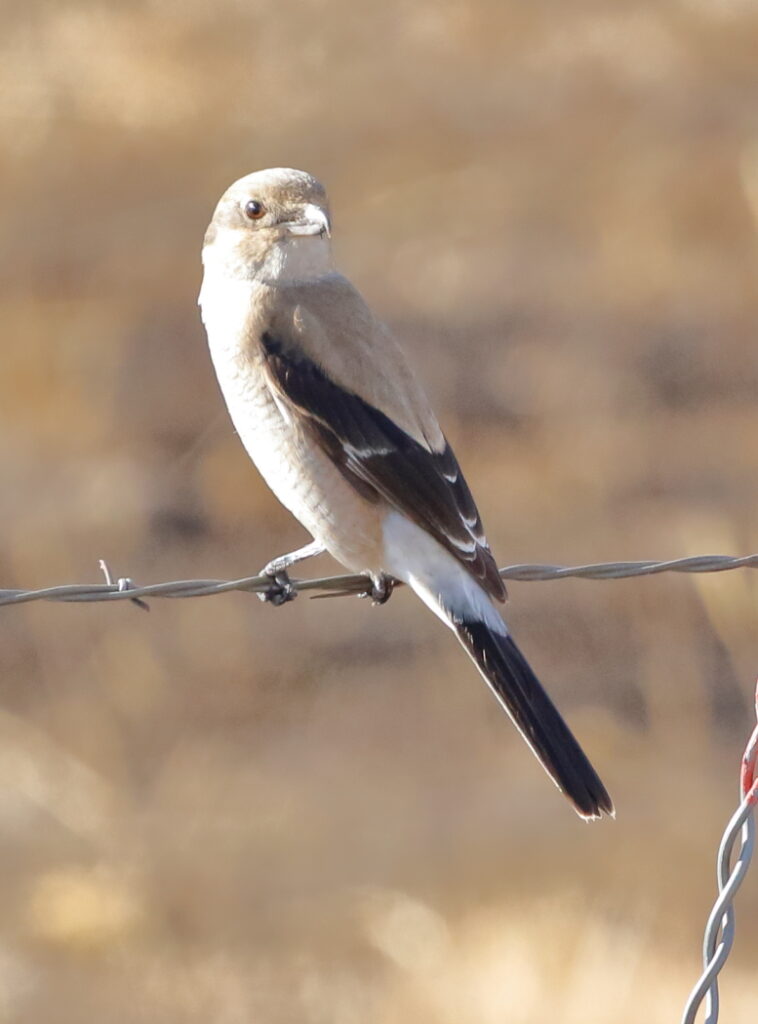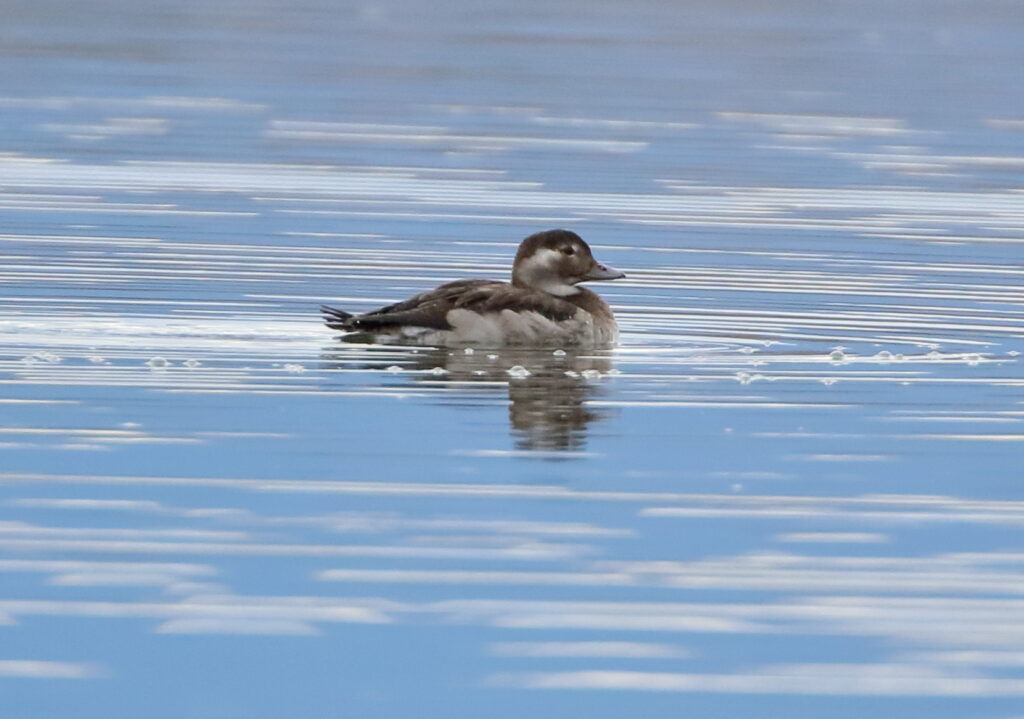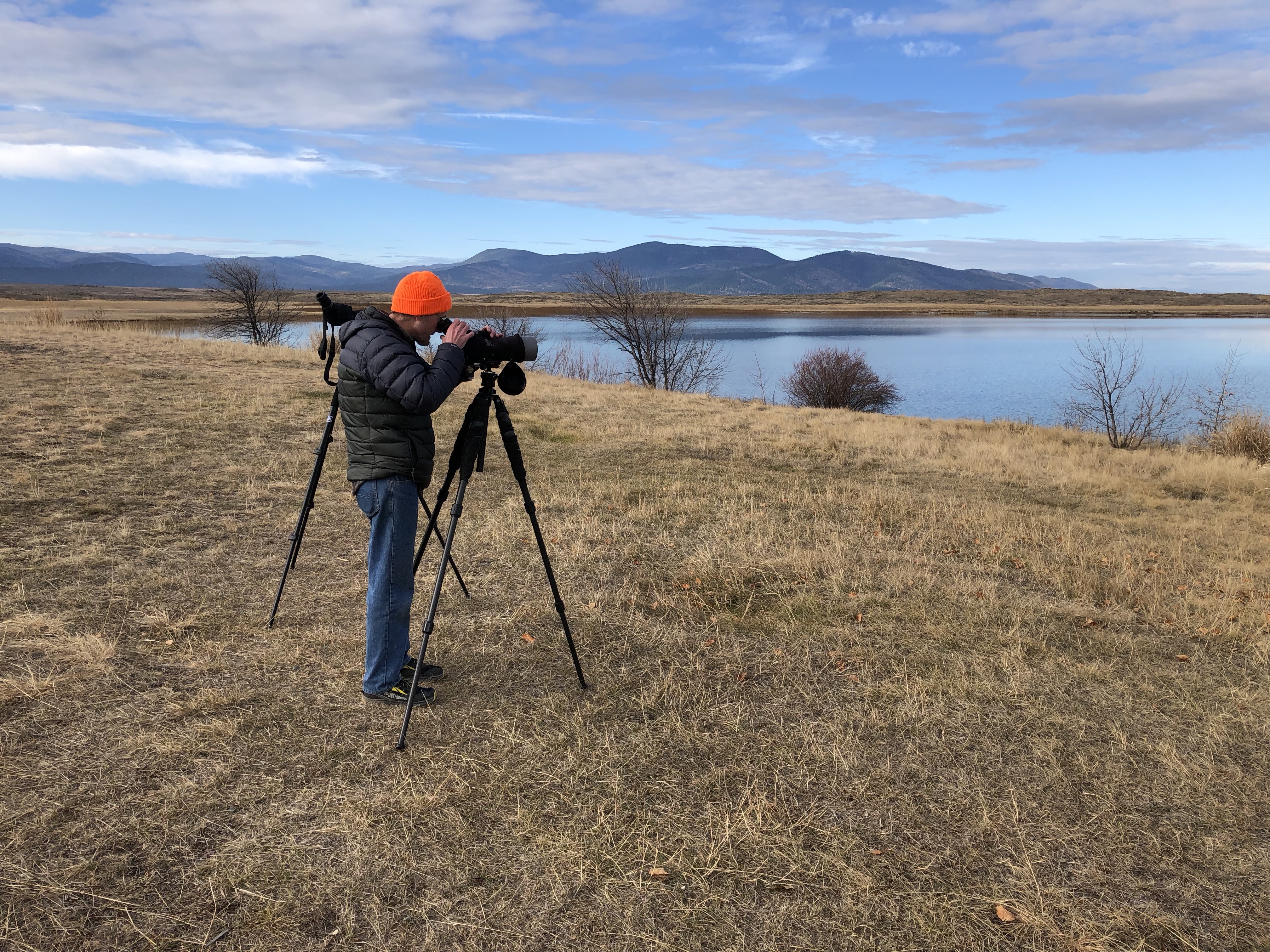We wrap up our (choose one: Bonanza, Beneficial, Barbaric) Bonus Birding Blog run with our visit to Brooklyn’s Prospect Park. Brooklyn seems to often get second consideration to Manhattan, but as you’ll see, the birds were just as good. “So what is next?” you might ask. Well, Braden and I are about to leave for a birding excursion to Arizona and California en route to his job working in the Sierras monitoring Northern Goshawks. You can bet we’ll have some posts from that. And if you are wondering how Braden is doing on his Big Year goal of 400 species, we are proud to announce that yesterday’s addition of Williamson’s Sapsucker brings his year count to 319 species! Hm . . . maybe 400 is too low of a goal? Stay tuned to find out!
After our sublime day birding Central Park, Braden and I hopped the F train the next morning to meet my editor and friend Harold Underdown, creator of the amazing website Writing, Illustrating, and Publishing Children’s Books: The Purple Crayon. I had enjoyed working with Harold on my book Beaks! at Charlesbridge Publishing back in the day and now am happy to be working on another picture book with him in his position as Executive Editor of Kane Press. When I invited Harold to bird with Braden and me, he just could not suppress his scientific curiosity and, on his suggestion, we agreed to meet at Brooklyn’s Prospect Park.

Fresh off our amazing day before, Braden and I of course woke early and arrived in Brooklyn a full hour and a half early. Braden had researched recent bird sightings so we headed toward the part of Prospect Park known as Lookout Hill. At first we did not see much, but as we continued, the birds began to show themselves, including Northern Parulas, Least Flycatchers, Baltimore Orioles, and Black-throated Blue Warblers. We also saw a feral cat, obviously stalking birds and other wildlife—an unwelcome reminder of the enormous toll outdoor cats take on birds across the country.

After climbing Lookout Hill, we dropped back down and made our way through some woods to a place called the Upper Pool where an unlikely Red-throated Loon had been hanging out. We didn’t see it immediately, but did spot several handsome Wood Ducks. Rounding a bend, though, we suddenly beheld a large gray bird paddling prominently in the middle of the Lower Pool. We dutifully shot a dozen or so photos and then hurried to meet Harold.
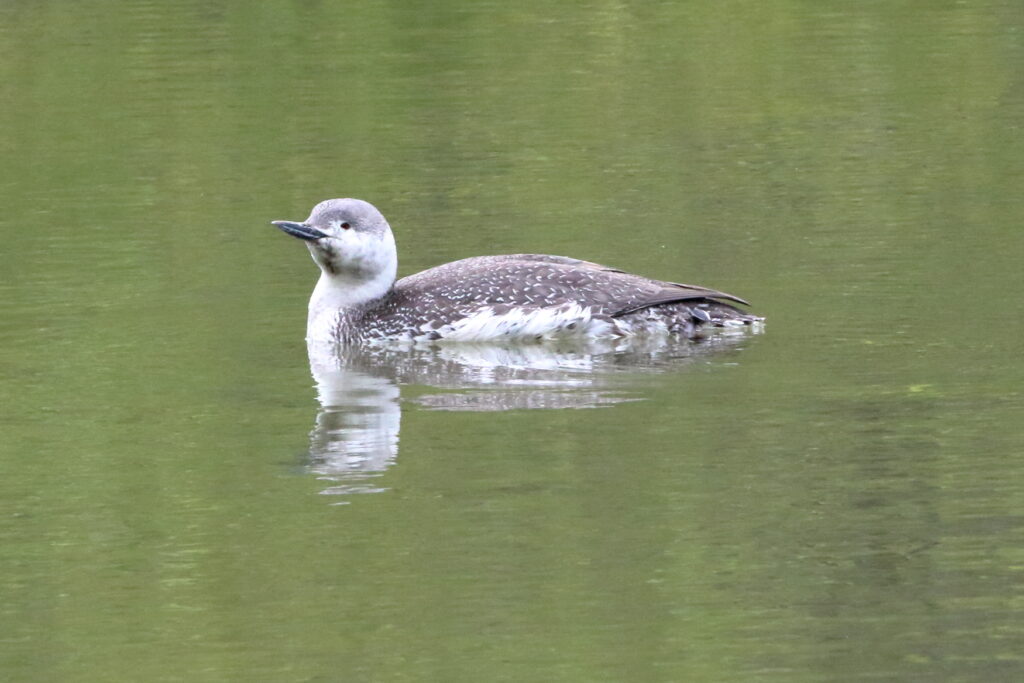
Unfortunately, as so happens with we birders, an unavoidable delay smacked us in the face—two warblers we had not yet seen in New York! Braden detected the first by ear, a Black-throated Green Warbler. As we were watching that, however, he suddenly grabbed my shoulder and said, “Daddy, look!” It took me a moment to spot it, but thanks to Braden’s recent Florida posts, I recognized that it was a bird near the top of my New York target list: Prairie Warbler!
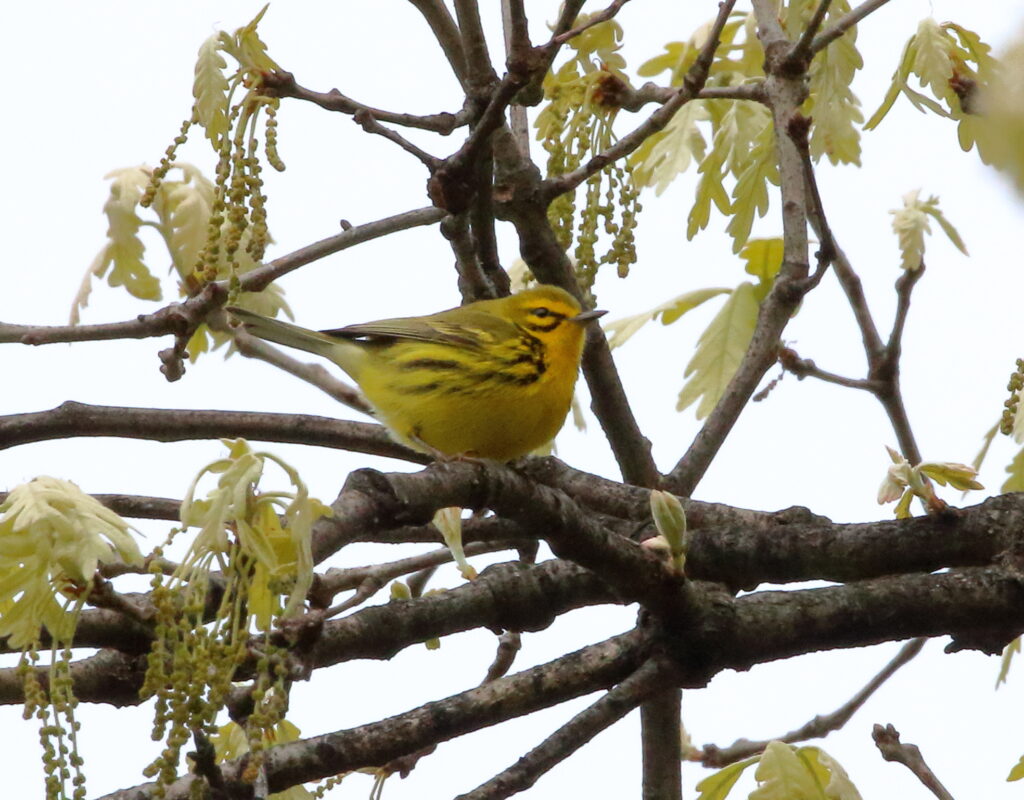
It was great to see Harold again and with him in tow, we more or less retraced our earlier route—but with different results. We showed him the loon, and as the sun emerged from gray clouds, we began seeing a wonderful assortment of passerines that included a House Wren, more orioles, Warbling Vireos, and first-of-year Yellow Warblers. The stars of the day? Two warblers, a Black-and-White and a Northern Parula, that put on the best-ever displays for us. The parula spent a solid five minutes in a bush not 15 feet from us, allowing us some of our best warbler photos ever.

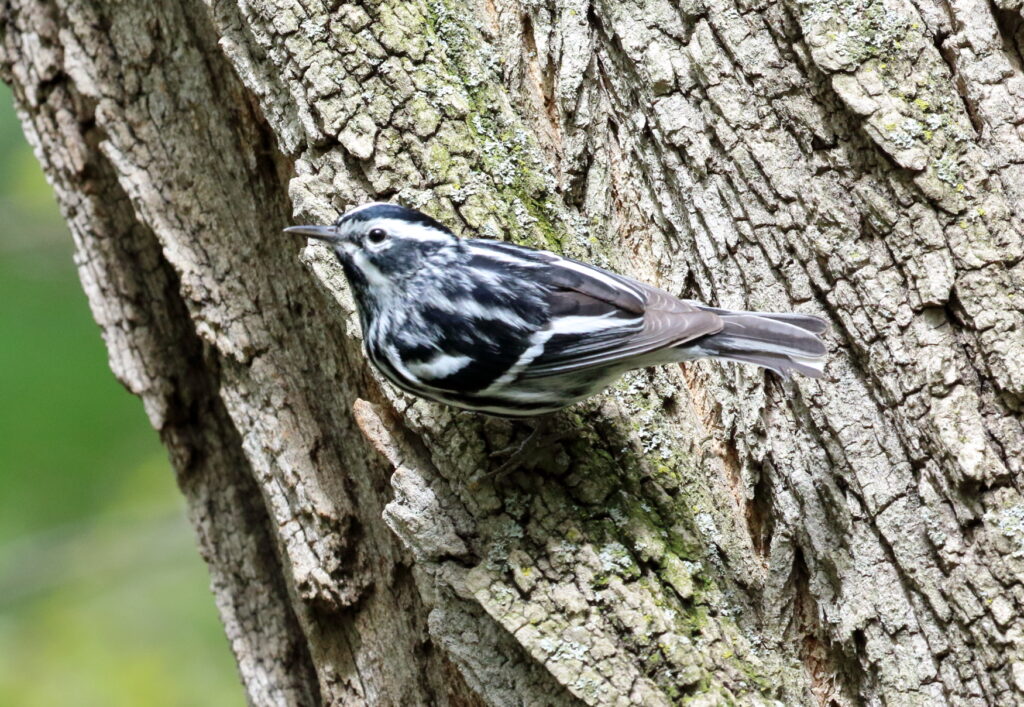
After bidding adieu to Harold, Braden and I strolled down 9th Street and grabbed a pretty good meal at “New” Yummy Tacos, and then caught the F train back to Manhattan, glimpsing the Statue of Liberty along the way. That night, we all went to see the wonderful, poignant musical Come From Away. BUT, our birding adventures had not quite ended.

The next day we walked the High Line, an inspirational elevated train trestle-turned-city park. Along the way, we stopped to eat “Liberty Bagels” in Chelsea Park. While we did see some birds including an oriole and an Ovenbird, bird numbers in both locations seemed significantly lower than we expected and, after talking to other birders, we realized that a migrant wave had probably finished passing through. That, in turn, made us feel how fortunate we’d been birding the last two days. As stated in our last post, the window for migrant songbirds through New York is pretty narrow and if I have any advice to those wishing to check birding NYC off your bucket list, it is this: give yourself at least a week to make sure you have the best chance of seeing a great group of birds. As we prepared to fly back to Montana, we felt grateful that at least this time, we had bit the Big Apple just right.


